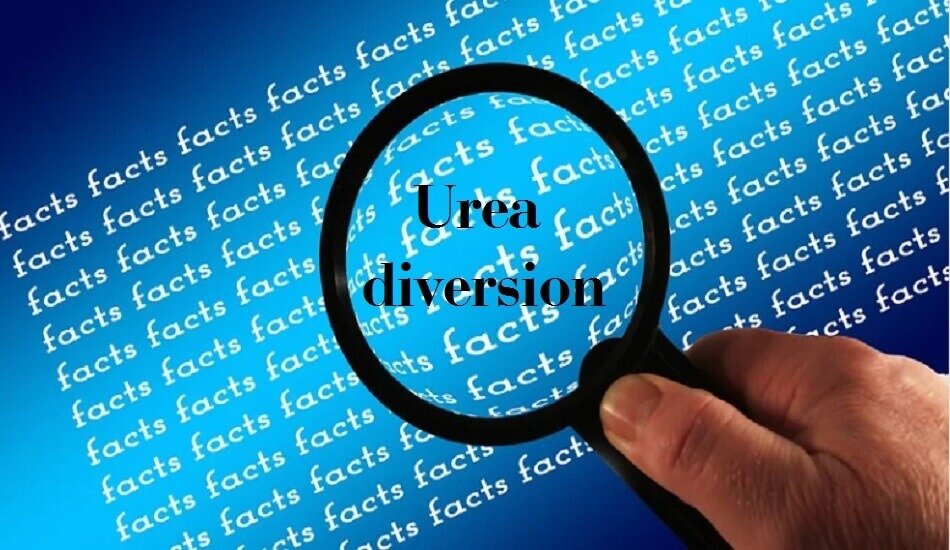Nationwide raids on Urea diversion to industries, potentially to save 6,000cr subsidies.
The Centre has initiated a statewide crackdown to preserve over 10 lakh tonnes (lt) of agriculture-grade urea that is diverted yearly for industrial applications, after a five-fold rise in nitrogen subsidy under the nutrient-based subsidy formula for the current Kharif season. A subsidy of almost ₹6,000 crore is spent on this.
In the previous two and a half months, the government has uncovered leakages worth ₹100 crore via different covert operations. Farmers get urea at a heavily subsidised cost of ₹266 per bag (45 kg) from the Centre. It must carry a subsidy of more than ₹2,700 for each bag. The nitrogen (N) subsidy has been increased to ₹91.96 per kg for the current Kharif season, up from ₹18.78/kg previous season. A bag of urea contains 46% nitrogen.
Also Read | Usage of “Urea” expected to fall for the first time in five years due to various reasons.
Imports are less than in demand
It is anticipated that the yearly need for technical-grade urea for industrial use is roughly 13-14 lt, with the nation producing just 1.5 lt. In comparison to the needed level of more than 10 lt, the industry imports just 2 lt. Urea is used in the production of resin/glue, plywood, crockery, moulding powder, cattle feed, dairy products, and industrial mining explosives.
‘We estimate that around 10 lt of agricultural-grade urea gets diverted each year. Aside from that, some amount is also moving to neighbouring nations,’ an official said, estimating the leakage to be about ₹6,000 crore since the government bears the cost of agricultural-grade urea.
When asked how leaks occur after the government claimed 100% neem coating, the official responded the coating is removed by some chemical procedure and the Urea is utilised for industrial uses.
Nationwide raids
The Department of Fertilisers, in collaboration with states and other central agencies, has initiated a statewide crackdown on erring units, for which ‘Fertiliser Flying Squads’ have been created with a special squad of specialised officers. The flying squads are conducting surprise inspections on units implicated in fertiliser diversion, black selling, hoarding, and the sale of substandard fertiliser quality.
Although the first leakage estimate is ₹100 crore, investigations are still ongoing. According to the official, this amount might rise much higher. He said that states have been requested to take action since fertiliser is a critical commodity.
The agency has also initiated an investigation into 38 mixed fertiliser production plants spread across eight states. ‘Samples were gathered for quality examination, and 70% of the samples were determined to be sub-standard. Manufacturing licences for 25 defective devices were revoked,’ the official added.
Tax fraud
Meanwhile, the department discovered GST evasion by industrial-grade urea providers worth ₹64.43 crore and submitted the information with the GST administration, which has already collected ₹5.14 crore. ‘An unaccounted quantity of farm grade Urea worth ₹7.5 crore has been found.’ Six people have been detained and remanded in detention under the CGST Act of 2017. ‘A follow-up inquiry is underway,’ the official said.
Also Read | Private sector unwilling to “use nano urea” technology, will wait & see for assured sales.
In 2021-22, India’s annual domestic urea usage was 333 lt, a 5% decrease from the previous year. While around 260 lt were generated locally, approximately 91 lt were imported. Because of rising overseas prices, the government’s annual fertiliser subsidy expenditure is expected to be about ₹2.5 lakh crore this fiscal.


















Add Comment